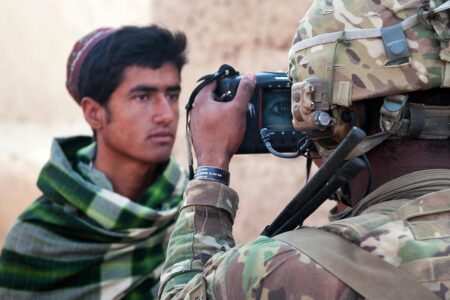
Taliban terrorists seized US military biometric devices and they may have access to civilians data
In 2007, the United States military began using a small, handheld device to collect and match the iris, fingerprint and facial scans of over 1.5 million Afghans against a database of biometric data.
The device, known as Handheld Interagency Identity Detection Equipment (HIIDE), was initially developed by the US government as a means to locate insurgents and other wanted individuals. Over time, for the sake of efficiency, the system came to include the data of Afghans assisting the US during the war.
Today, HIIDE provides access to a database of biometric and biographic data, including of those who aided coalition forces. Military equipment and devices including the collected data are speculated to have been captured by the Taliban, who have taken over Afghanistan.
This development is the latest in many incidents that exemplify why governments and international organizations cannot yet securely collect and use biometric data in conflict zones and in their crisis responses. Building biometric databases Biometric data, or simply biometrics, are unique physical or behavioural characteristics that can be used to identify a person.
Source: Zee News





